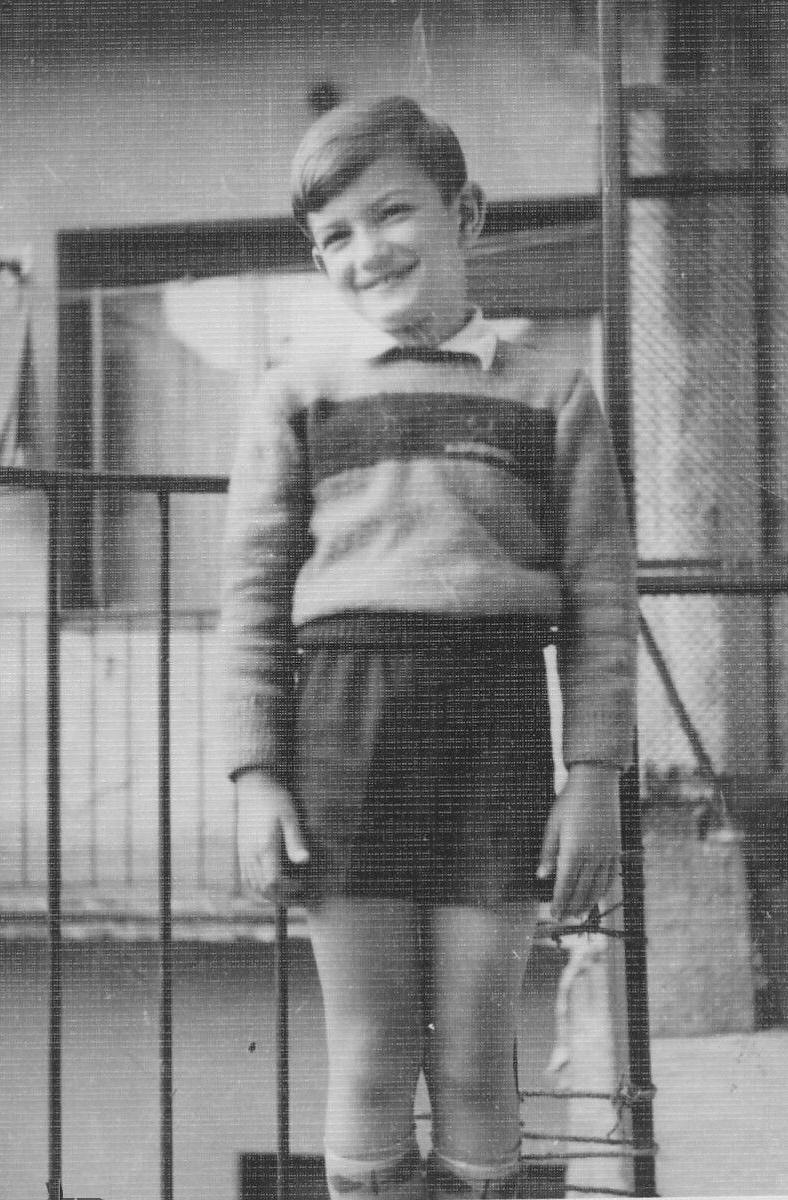
Figure 1.--This snapshot boy shows a Yugoslav boy, we think in the late-1950s. He wears a sweater with short pants. We still see some boys wearing knee socks in the 50s, but they were going out of style. The matte printing was popular in Yugoslavia. |

|
Yugoslavia only existed for a relatively short period (1920s-80s) and that was divided between a Royal and Communist era, both of which affected fashions. We do not yet have much information about Yugoslav garments. Yugosklavia is now five separate countries counting Kosovo and we have developed individual country pages. We have tended to archive images we have found in the constiuent republics because they eventually became the modern independent countries. We now beieve that we should have linked them here as well to give an idea of Yugoslav garments as a whole and many images do not identify the constituent republics. We do not yet have much information on shirts, but we note T-shirts becoming popular after World War II. We note various types of suits. They were the popular styles we see throughout Europe and Amerrica. A good example is a Croatian Kindergarten boy wearing a junior Eton short pants suit in 1959. The garments and styles were influenced by Austrian/German styles. In the early years we still see traditional garments in rural areas of Yugoslavia, especially in Macdeonina and Serbia. We notice a lot of boys wearing suits. We notice short pants suits in the pre-World War II War Royal era. We see some sailor suits, especially in Croatia and Slovenia. We still see some suits in the Communist era. Short pants were commonly worn through the 1950s, but then tended to be more of a casual summer garment. Short pants seem very common. We see some knickers, but they were very common. As was the case in the rest of Europe, long pants gradually became more common in the post-war era.
By the time Yugoslavia was officially created (1921), the centuries-long convention of dressing younger boys in desses and other skirted garments had largely gone out of fashion. Thus we do not see Yugoslav boys wearing skirted garmets.
We do not yet have much information on shirts, but we note T-shirts becoming popular after World War II.
We note various types of suits. They were the popular styles we see throughout Europe and Amerrica. A good example is a Croatian Kindergarten boy wearing a junior Eton short pants suit in 1959. The garments and styles were influenced by Austrian/German styles. We notice a lot of boys wearing suits. We notice short pants suits in the pre-World War II War Royal era. We see some sailor suits, especially in Croatia and Slovenia. We still see some suits in the Communist era.
yugolslavia was stilla very rural country. Some regions of the country were still vrry poor and had not transitioned to modern Europe. In the early years we still see traditional garments in rural areas of Yugoslavia, especially in Macdeonina and Serbia.
Yugoslavian boys wore aange of pants. The styles reflected the relatrively short time span of the country created after World War I out of Serbia, Croatia, Bosnia, and other provinces of the Austrro-Hungariann Empire (1920s). We see Yugoslavia boys wearing short and long pants. We also see knickers, but to a much more limited extent. We see some boys in Serbia and Macedinia still wearing traditional clothing in rural aeeas until after Workd War II (1941-45). Short pants were especially common through the 1950s. Even younger teens wore shorts. They were commionly worn even duruing the winter, often with long stocjkings as was commin in Germany. They were almost universal for school-age boys. Shool poortraits ifen sgow all the boys wearing shorts. After the 50s, short pants tended to become more of a casual summer garment as was the case throughout Europe. Trends were very similar to Germany until after World War II. In fact, unless a photograph is udentified, it is oftern diffucult to differentitte Yugoslav pgotographs from German, Hungarian, and other Balkan ciountries. The similarity with German trends was especilly the case in northern Yugoslavia (Slovenia) which was annexd to the Reich. As was the case in the rest of Europe, long pants gradually became more common in the post-war era.
Yugoslav footwear seems similar to other European countries, especially Germany. we see boys making the transition from high-top to low cut shoes (1920s). So most Yugoslav children for the most part wore low-cut shoes. We see mostly leather shoes. We do not see sneakers until well after World War II. WE do see boys wearing sandals and strap shoes. Thus was similar to the situation in Germany. Strap shoes and sandals were often worn by younger boys because they had not yet mastered tyongv shoe laces.
Strap shoes and sandals were, however, not just for younger boys, but were also a kind of casual or play type of footwear, similar to conventions in Germany during the inter-War era. We see some children giing barefoot, but this seems to be primarily durung the very difficult era during and after World War II. Our assessment is still preliminary because of our limited archive at this time.
Navigate the Boys' Historical Clothing Web Site:
[Return to the Main Yugoslav page]
[Return to the Main European country page]
[Introduction]
[Activities]
[Biographies]
[Chronology]
[Clothing styles]
[Countries]
[Topics]
[Bibliographies]
[Contributions]
[FAQs]
[Glossaries]
[Images]
[Links]
[Registration]
[Tools]
[Boys' Clothing Home]
Navigate the HBC Yugoslavian Pages:
[Croatia]
[Kosovo]
[Macedonia]
[Montenegoro]
[Serbia]
[Slovenias]
